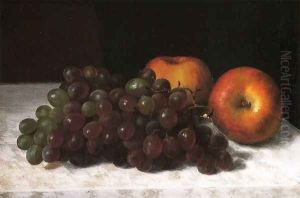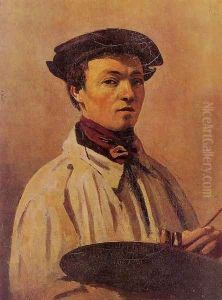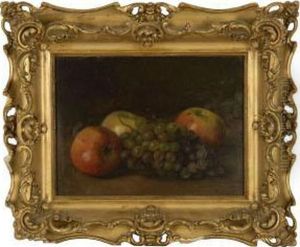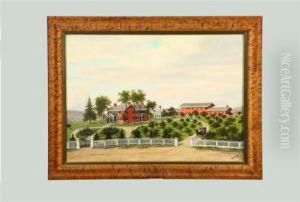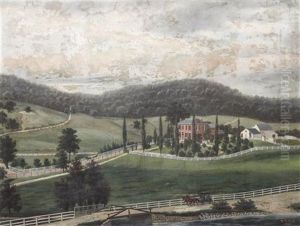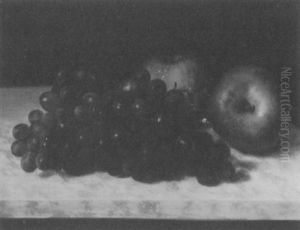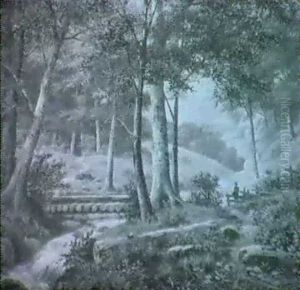Rudolf Tschudi Paintings
Rudolf Tschudi was a Swiss artist born on May 1, 1884, in Glarus, Switzerland. He was a multifaceted artist whose work spanned various mediums including painting, graphic design, and woodcut printing. Tschudi's artistic journey was marked by a deep exploration of both traditional Swiss art forms and the emerging modernist movements of the early 20th century. His early education and exposure to art came from his homeland, Switzerland, which was known for its rich artistic traditions and vibrant cultural scene.
Tschudi's work was significantly influenced by the natural beauty of the Swiss landscape, as well as the country's folk art traditions. However, he was also deeply engaged with the broader European artistic movements of his time, including Expressionism and Symbolism. This blend of influences is evident in his work, which often features bold colors, intricate patterns, and a deep sense of emotion and mysticism. Throughout his career, Tschudi experimented with various techniques, but he is particularly noted for his achievements in woodcut printing, a form that allowed him to express his unique vision through the contrast of black and white, as well as the textural qualities of the wood grain.
In addition to his artistic practice, Tschudi played a significant role in the Swiss arts community as a teacher and mentor to younger artists. He was involved in various artistic groups and exhibitions, contributing to the development of a distinct Swiss modernist style. Despite his engagement with modernist trends, Tschudi’s work remained deeply personal and idiosyncratic, often reflecting his own spiritual and philosophical inquiries.
Rudolf Tschudi passed away on October 2, 1960, in Glarus. His legacy is preserved in Swiss art history as a bridge between traditional and modernist tendencies, embodying the transition of Swiss art into the modern era. His works are collected and exhibited in museums and galleries in Switzerland and around the world, where they continue to be celebrated for their unique blend of technical mastery, emotional depth, and cultural reflection.
